For decades, Cut, Make, and Trim (CMT) was the foundational model for global garment manufacturing. It was simple: the brand provided the materials, and the factory provided the labor. But the industry has matured. Today, relying on CMT pricing is not only inefficient but often impossible, as leading manufacturers have overwhelmingly transitioned to the Full Package (FP) model, priced exclusively as FOB.
Brands that still approach sourcing with a CMT mindset are missing out on favorable terms and struggling to secure reliable partners. PRIMO Sourcing guides businesses through this modern reality, ensuring your strategy aligns with today’s sophisticated global supply chain.
The Evolution: Why Factories Ditched CMT
To understand why the CMT model is obsolete, you must understand the risk it placed on the factory:
What CMT (Cut, Make, and Trim) Was
CMT meant the brand (buyer) handled the entire material supply chain—sourcing the fabric, zippers, buttons, labels, and thread—and shipped them to the factory. The factory’s price covered only the service: Cutting the fabric, Making the garment, and applying Trims.
The Problem for Modern Factories
Factories realized that CMT offered excessively narrow profit margins (only charging for labor/overhead) while exposing them to massive operational risks:
- Risk of Delay: If the brand’s materials arrived late, the factory floor sat idle, losing money. The factory, not the brand, absorbed the cost of downtime.
- No Purchasing Power: The factory had no incentive to source the best materials or negotiate bulk pricing since the brand handled procurement.
- Limited Growth: CMT limits the factory to being a low-margin labor provider rather than a full-service manufacturing partner.
As factories grew, gained global sourcing expertise, and secured better financing, they transitioned to the Full Package (FP) model, which incorporates the material supply chain and is priced using the FOB term.
Decoding the New Standard: What is FOB Price in Garment Manufacturing?
The modern standard for apparel sourcing is the FOB price.
FOB (Free On Board) Definition
FOB is a shipping term (Incoterm) that defines when the liability and ownership of goods transfer from the seller (factory) to the buyer (brand).
In garment manufacturing, the FOB price is the Full Package unit price that the buyer pays the factory for the completed product.
What the FOB Price Includes
The FOB price represents the total cost of the finished garment, delivered to the port of origin, and ready to be loaded onto the shipping vessel.
| Component | Responsibility | Included in FOB Price? |
| Material Cost | Factory sources and pays for all fabric, trims, and accessories. | YES |
| CMT Cost | Labor, machinery, and production management. | YES |
| Factory Profit & Overhead | Factory’s margin and running expenses. | YES |
| Local Logistics | Transport from factory to port, export documentation, and local loading fees. | YES |
Under FOB, the factory manages the entire supply chain risk up to the port. If a fabric shipment is late, the factory (seller) is financially penalized, ensuring they maintain tight control over the schedule.
The PRIMO Advantage: Mastering the Full Package Model
While FOB simplifies logistics and transfers risk to the factory, it introduces a new challenge for the brand: losing direct control over material quality.
This is where PRIMO Sourcing provides essential protection:
- Material Verification: We don’t assume the factory sources the correct fabric. We implement rigorous checks on their material suppliers, ensuring the raw goods meet your original quality and compliance specifications.
- Continuous Quality Control: We utilize real-time factory floor monitoring and stage-gate inspections (from pre-production to mid-production) to ensure the factory’s execution of the Cut, Make, and Trim process is flawless.
- Risk Mitigation: We ensure your Full Package agreement includes strong defect remediation and penalty clauses based on the FOB Incoterm, guaranteeing recourse if quality or deadlines are missed.
The future of apparel sourcing is the FOB Full Package model. Partner with PRIMO Sourcing to gain the expertise needed to manage this complexity, minimize risk, and secure a true competitive advantage.
Contact PRIMO Sourcing Today at Kelly@primovn.com to elevate your garment manufacturing strategy.
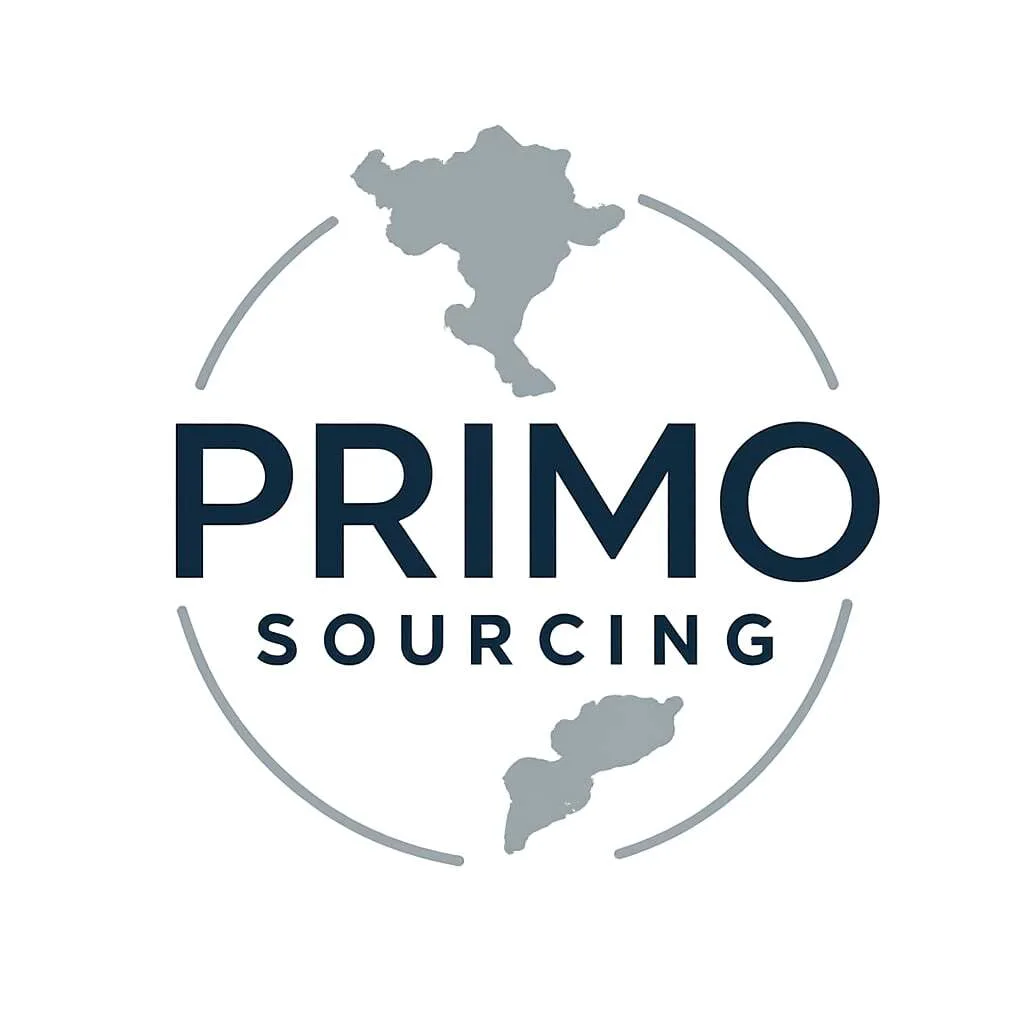
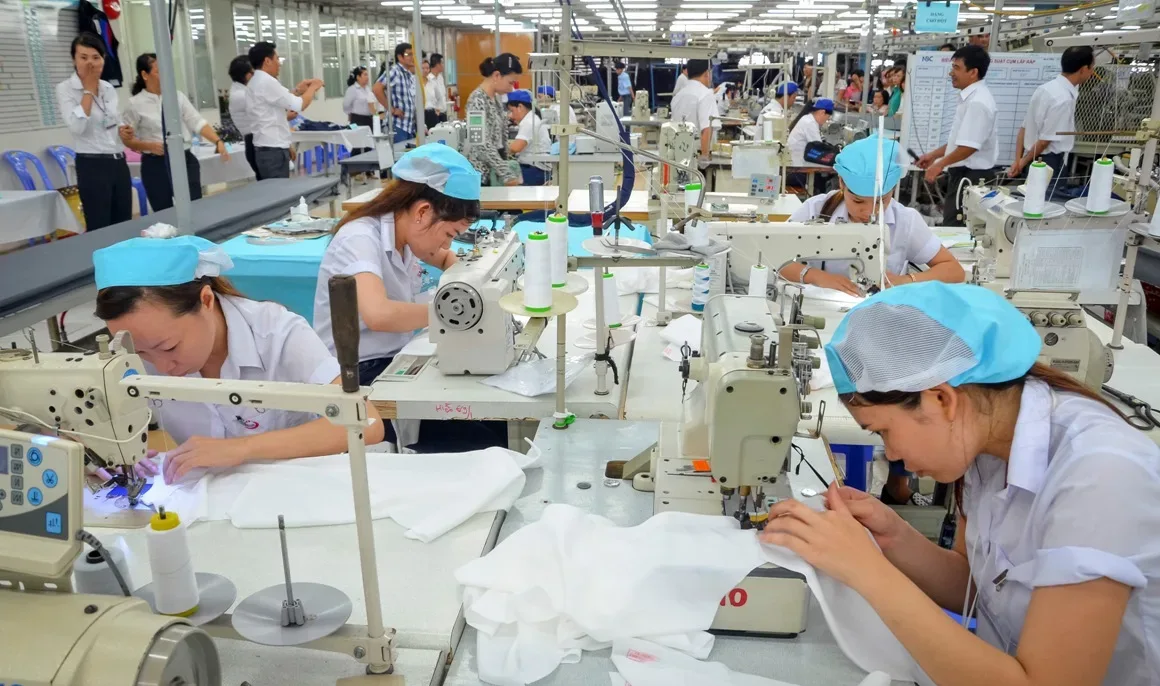

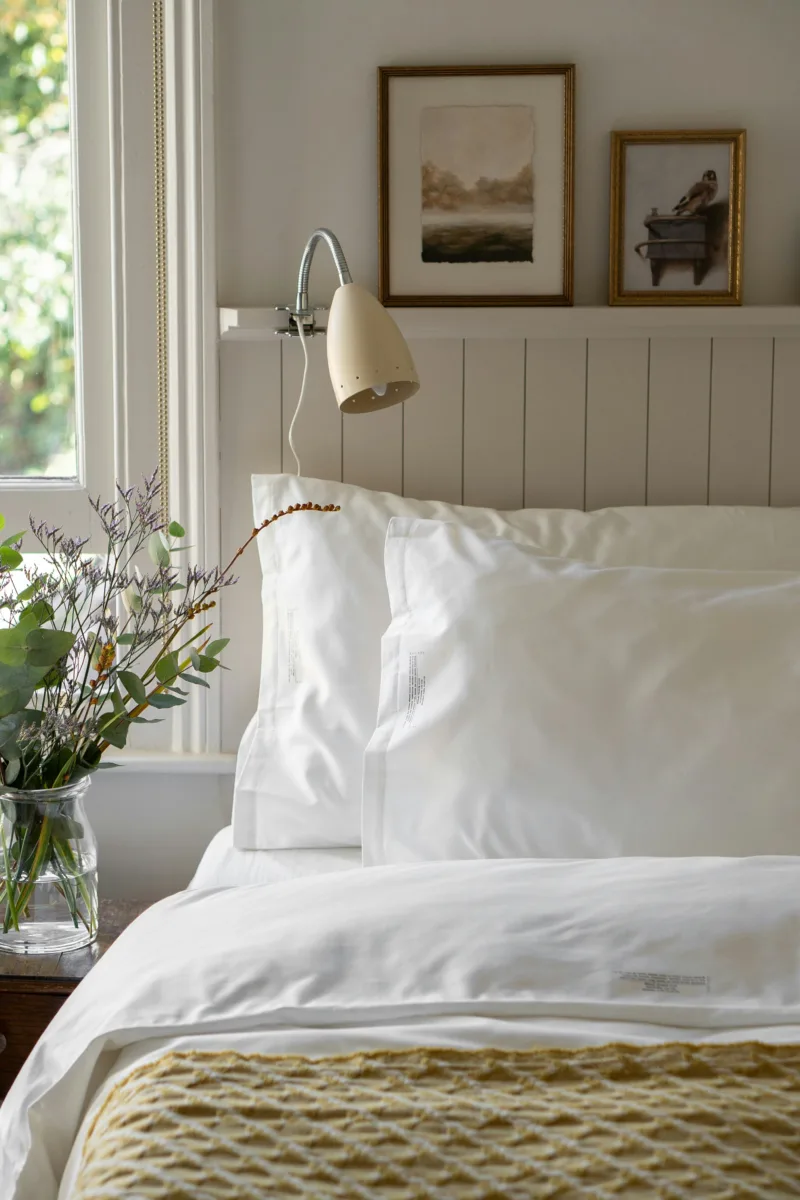
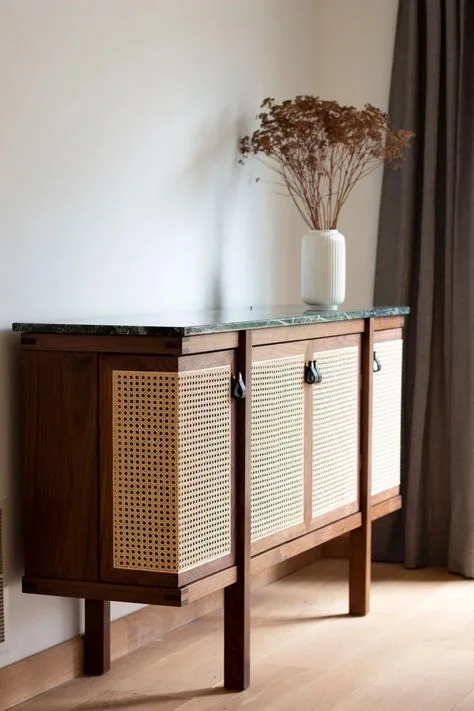
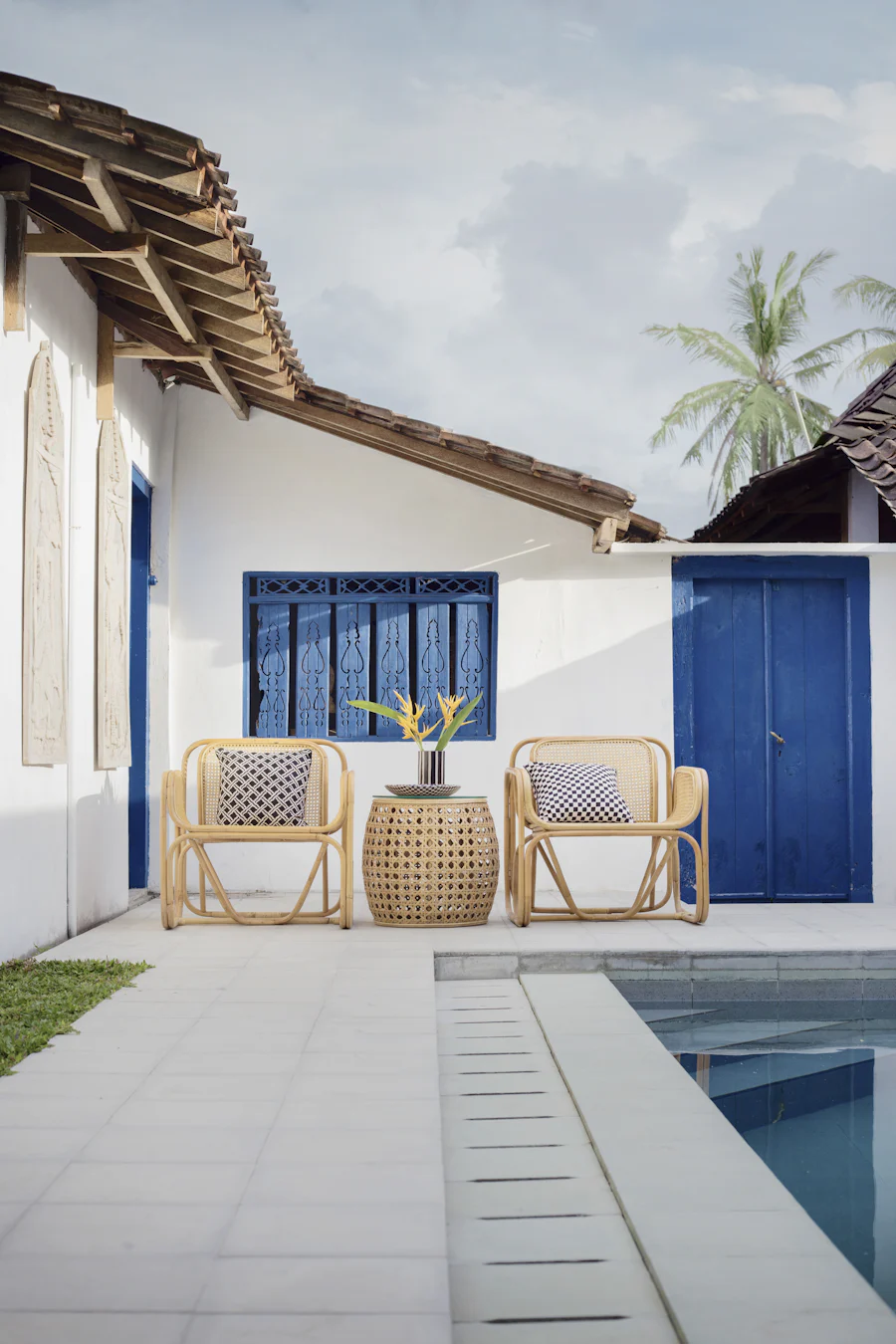

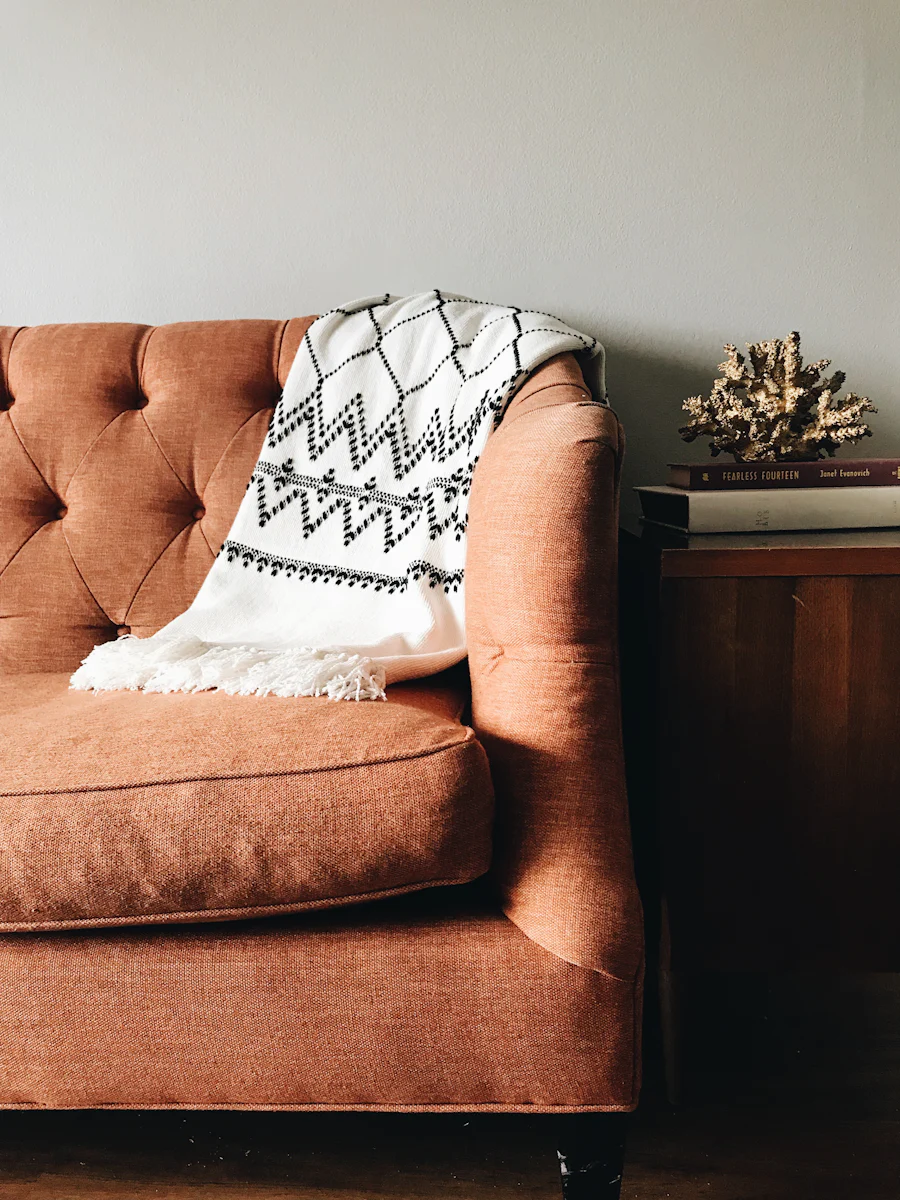
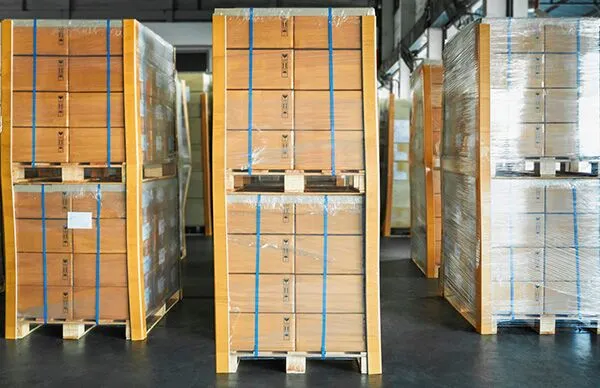
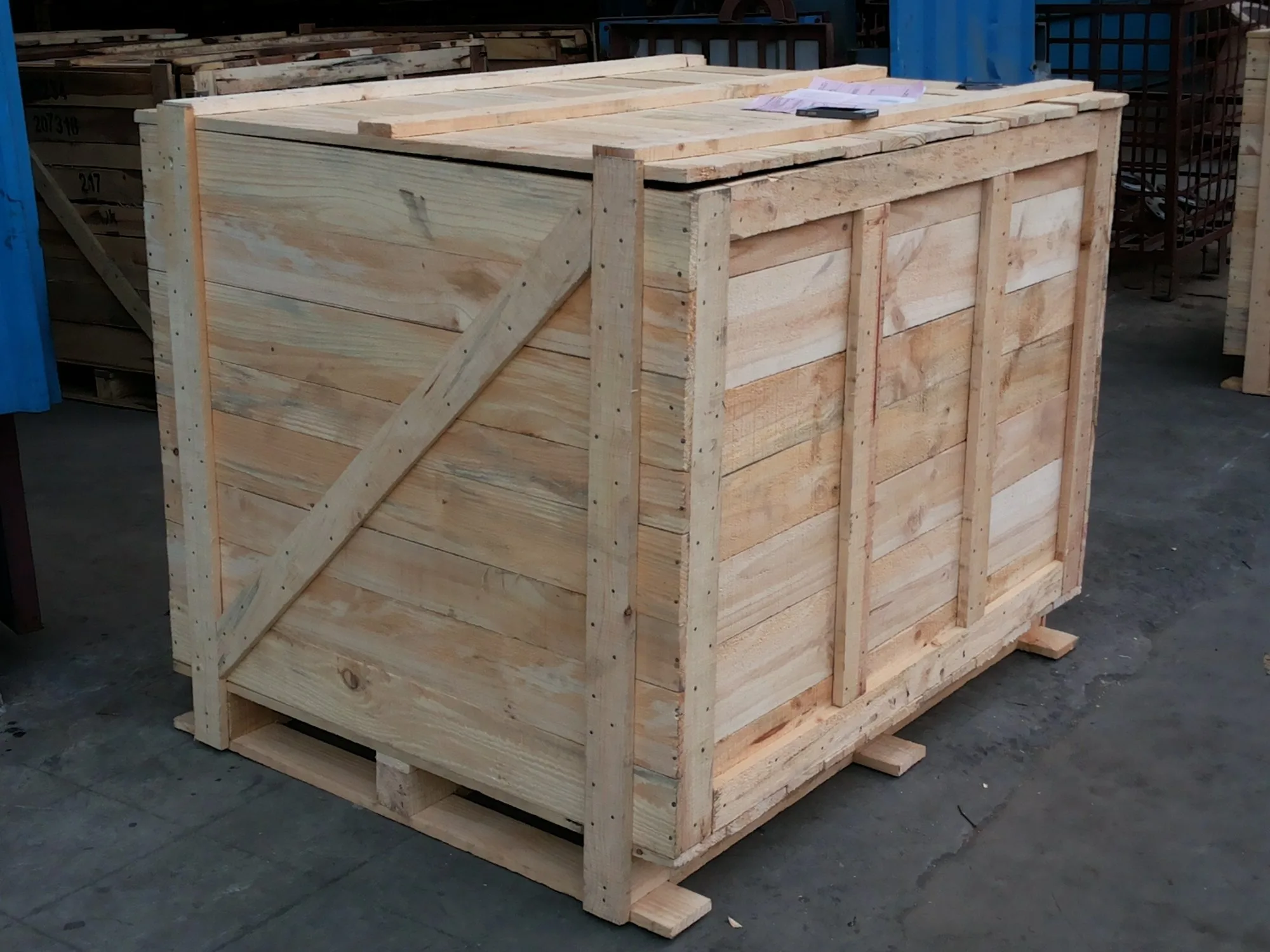
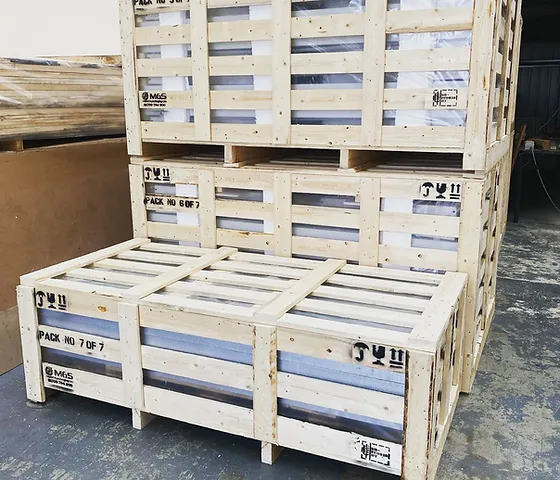
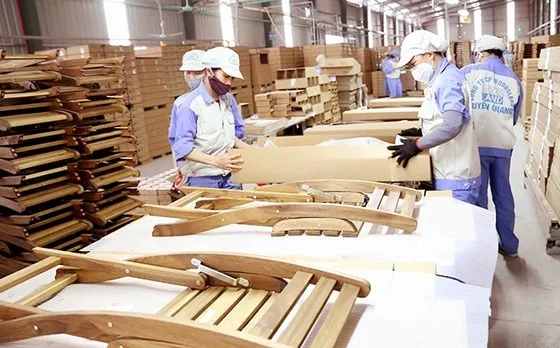
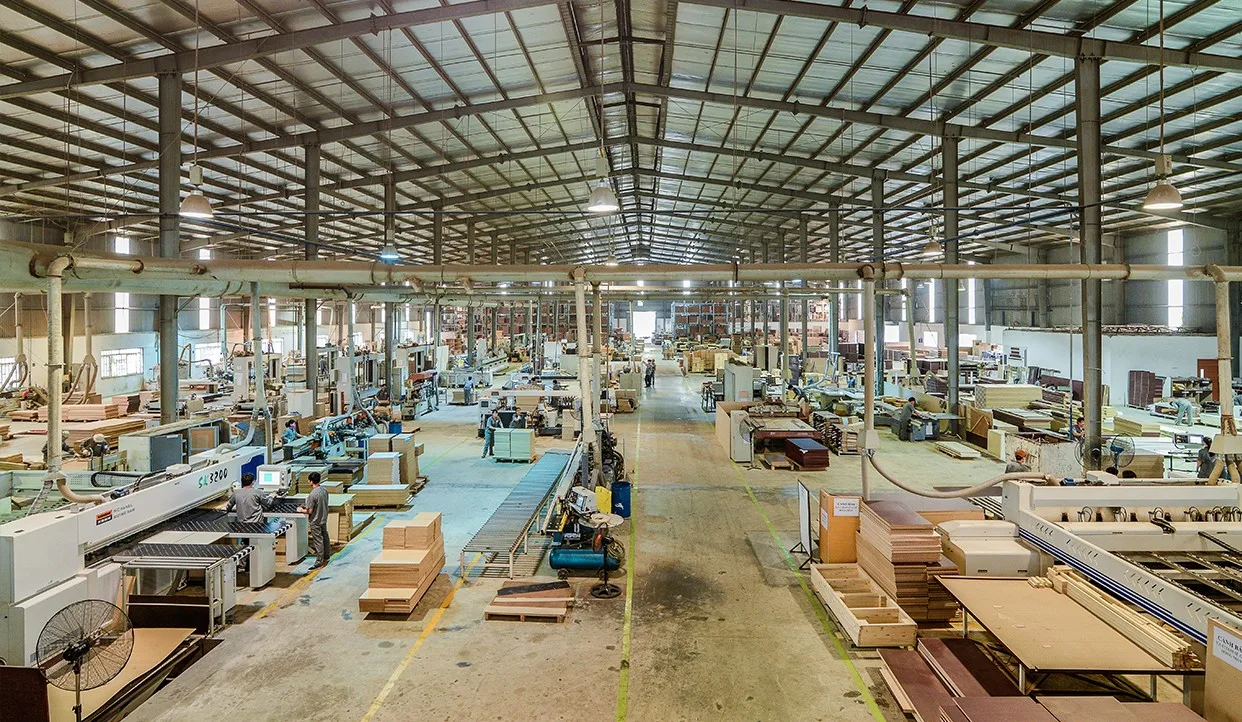 Understanding Vietnam’s Export Requirements
Understanding Vietnam’s Export Requirements
 Growth Drivers
Growth Drivers
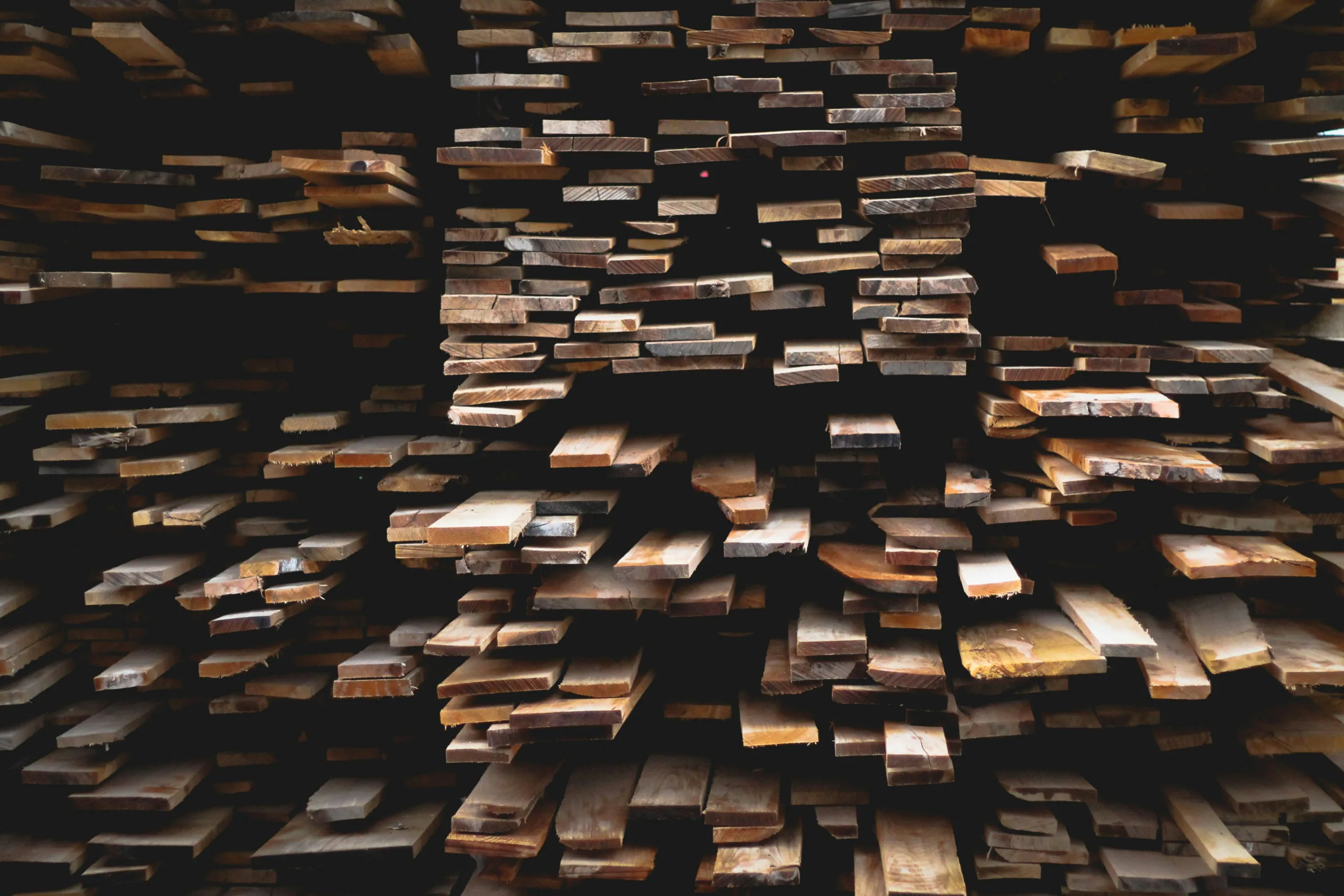
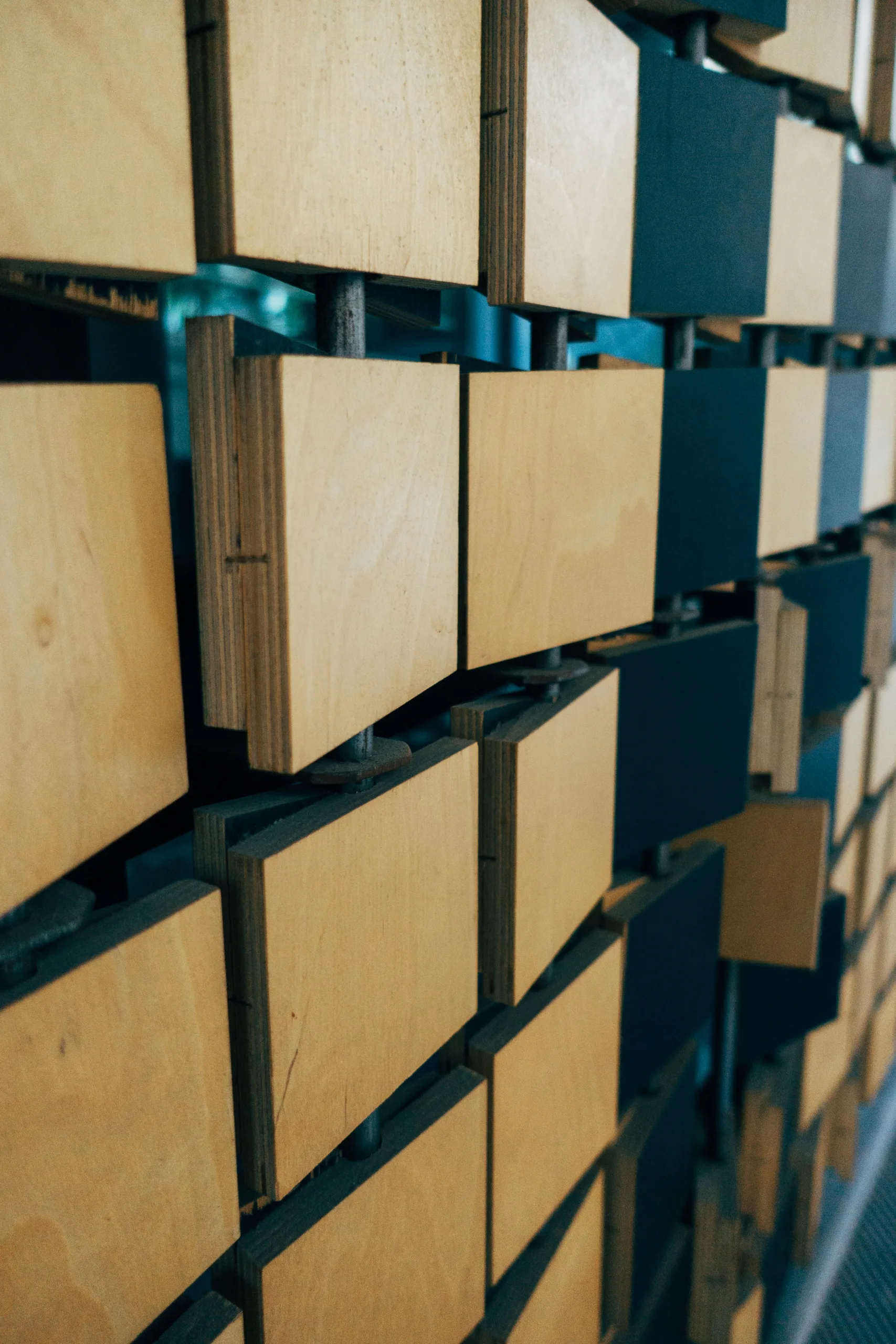
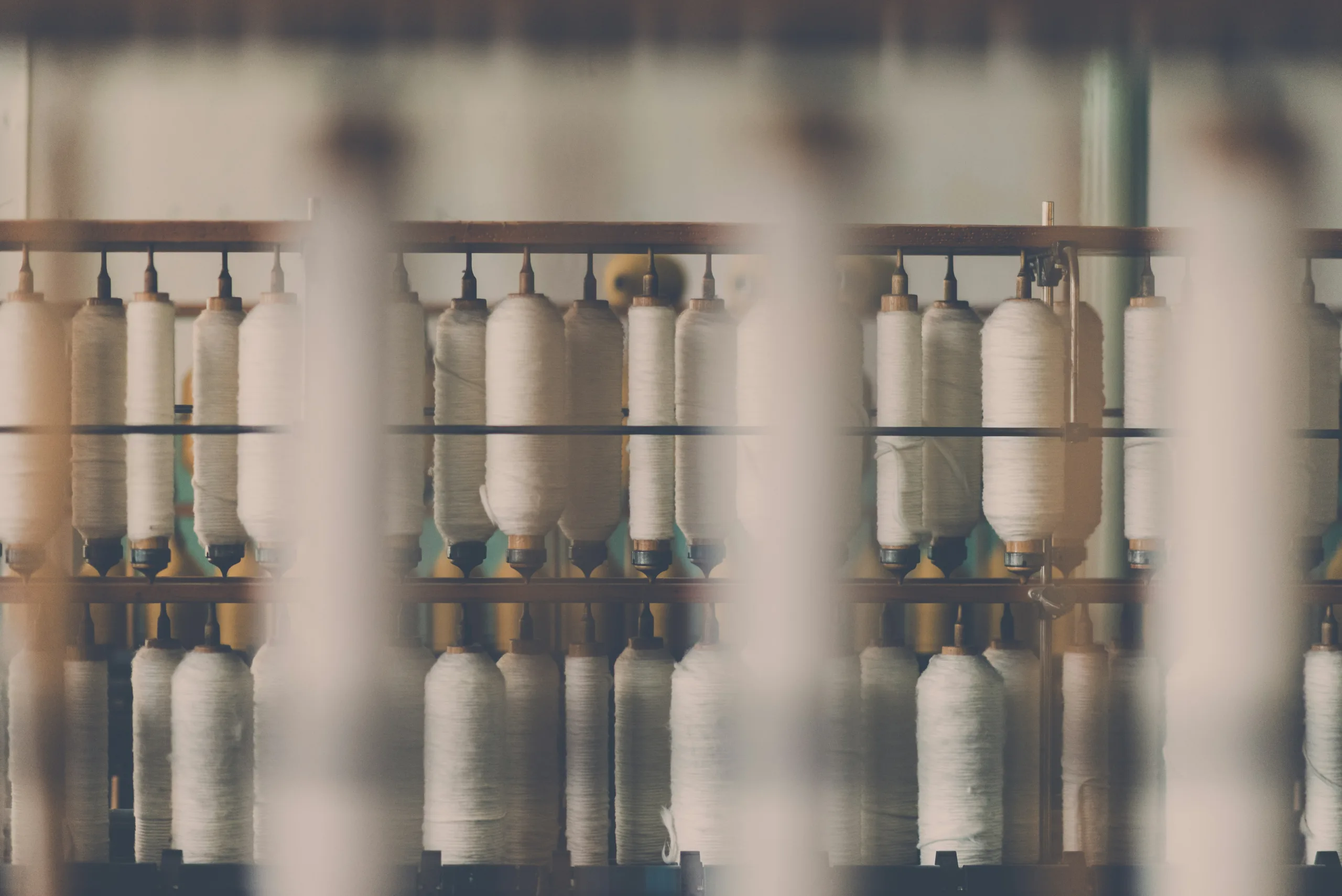
 Challenges in Localization and Value Addition
Challenges in Localization and Value Addition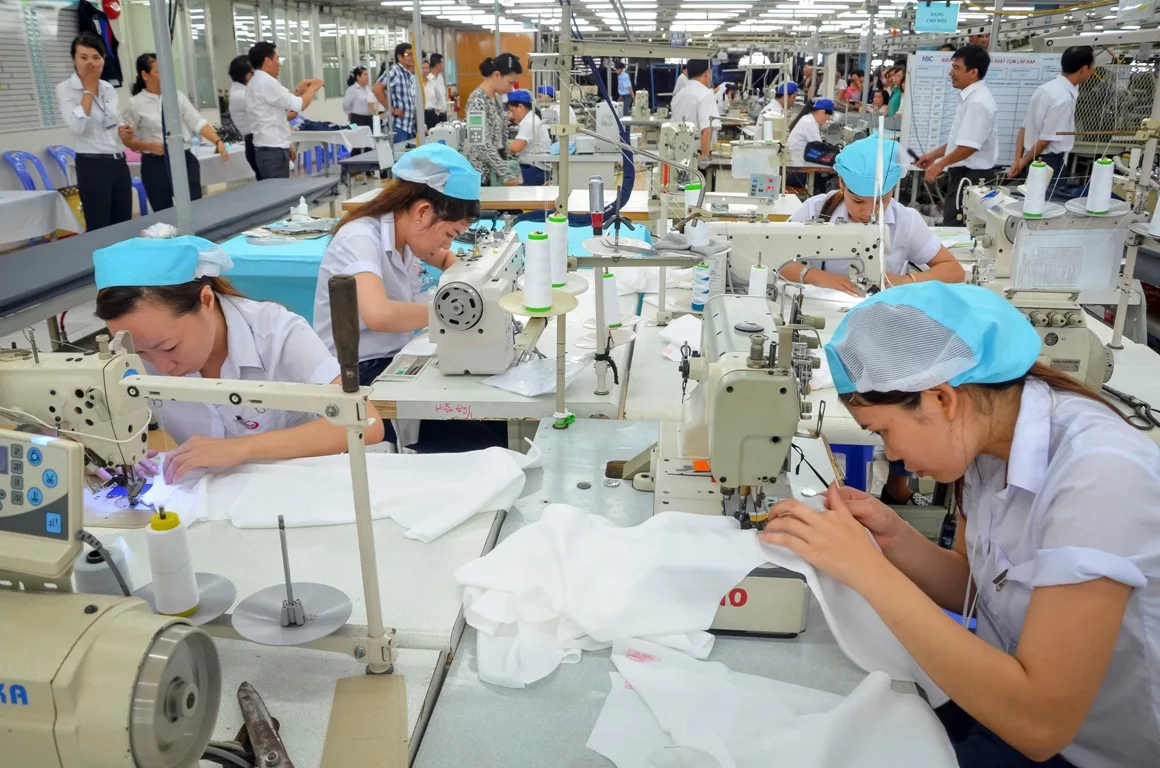

 Our Expertise in Textile Sourcing in Vietnam
Our Expertise in Textile Sourcing in Vietnam

